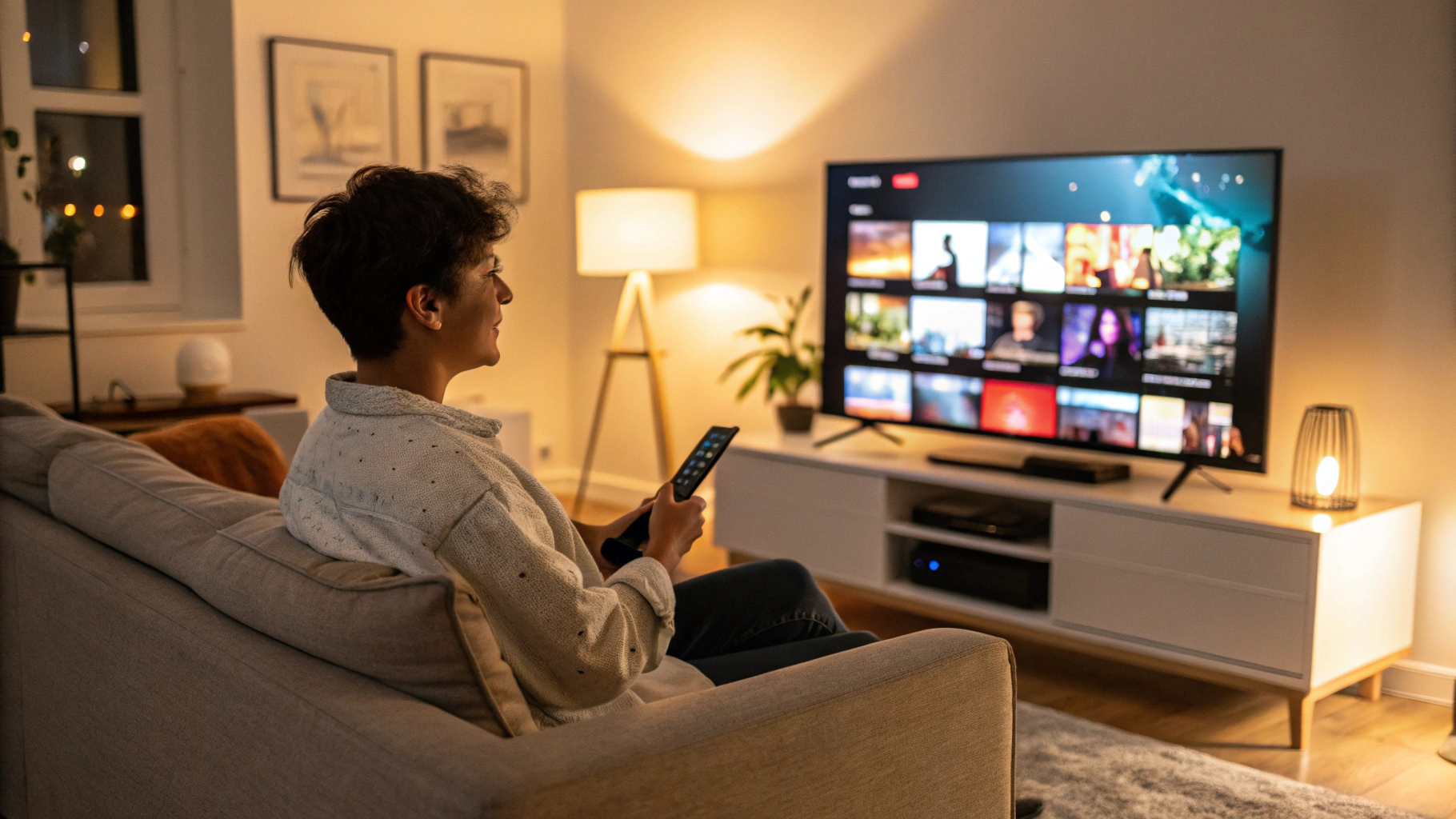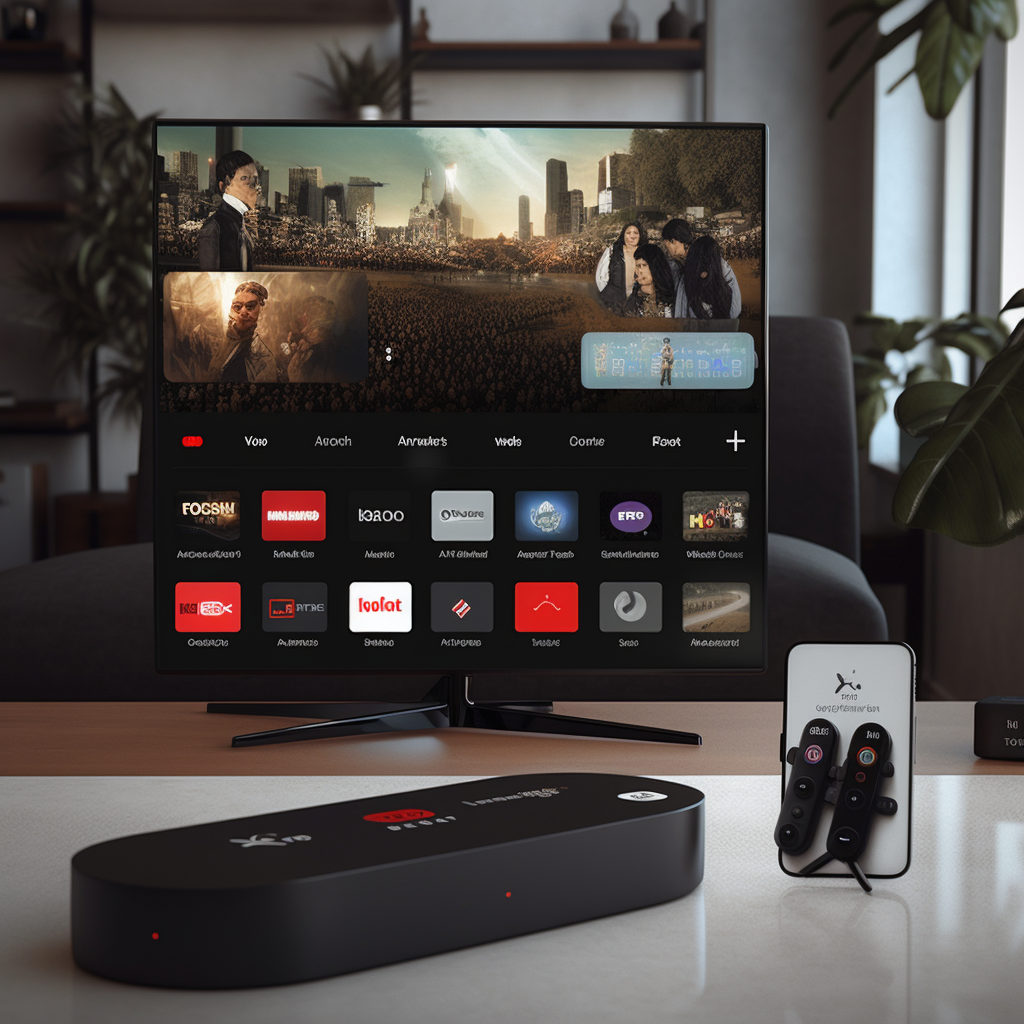The Ultimate Guide to Finding the best iptv app for Your Streaming Needs

Introduction
Did you know that over 82% of traditional cable subscribers are considering switching to IPTV services in 2024? The streaming revolution has transformed how we consume entertainment, with more viewers than ever searching for the best iptv app to replace their expensive cable subscriptions. With thousands of options available and new services launching monthly, finding reliable iptv best providers can feel overwhelming. This comprehensive guide will navigate you through everything you need to know to make an informed decision about IPTV streaming applications.
What to Look For in IPTV Services
When searching for quality IPTV services, several critical factors determine whether an application will meet your streaming needs:
- Content Library Size: Look for services offering 10,000+ channels and extensive VOD libraries
- Stream Quality: Prioritize apps supporting HD (1080p) and 4K resolution options
- Device Compatibility: Ensure support for your preferred streaming devices (Firestick, Android TV, etc.)
- User Interface: Choose applications with intuitive navigation and personalization features
- Reliability: Check for servers with 99%+ uptime and minimal buffering issues
- Customer Support: Verify availability of 24/7 support through multiple channels
- Pricing Structure: Compare subscription tiers and payment flexibility options
The most successful services combine these elements while maintaining competitive pricing models that typically range from $10-20 monthly.
Timing Considerations for IPTV Services
Service Commitment Duration
Most premium IPTV services offer multiple subscription lengths:
- Monthly plans (higher per-month cost but lower commitment)
- Quarterly plans (10-15% savings over monthly rates)
- Semi-annual plans (15-20% savings over monthly rates)
- Annual plans (often providing 20-30% discounts compared to monthly options)
Setup Time Requirements
When implementing a new IPTV solution, allocate appropriate time for:
- Installation: 5-15 minutes depending on device
- Configuration: 10-20 minutes for personalization
- Learning curve: 1-3 days to fully master navigation and features
Step-by-Step IPTV Setup Process
Step 1: Research and Select Your Provider
Begin by identifying your specific content needs (international channels, sports packages, etc.). Compare at least 5-7 providers through review sites, user testimonials, and trial offers before making your decision.
Step 2: Choose Your Subscription Plan
Select the plan that balances your budget constraints with desired features. Many premium services offer tiered approaches with different channel counts, simultaneous screen allowances, and video quality options.
Step 3: Download and Install the Application
Navigate to your device’s app store or the provider’s website to download their official application. For devices without direct access to certain stores, you may need to use sideloading techniques or specialized downloader apps.
Step 4: Configure Your Settings
Once installed, optimize your viewing experience by:
- Setting preferred video quality based on your internet speed
- Customizing channel favorites and categories
- Configuring parental controls if needed
- Enabling/disabling features like autoplay or thumbnails
Step 5: Test and Troubleshoot
Before settling in for a full viewing session, test different channel types and content categories to ensure everything functions properly. Note any issues for troubleshooting or customer support inquiries.
Technical Specifications
When evaluating IPTV applications, consider these technical requirements:
- Minimum Internet Speed: 25 Mbps for HD content, 50+ Mbps for 4K streaming
- Device Storage: 150-300 MB application size plus cache space
- RAM Requirements: Minimum 2GB for smooth operation
- Processor Needs: Quad-core processor recommended for buffer-free experience
- Operating System Compatibility: Support for Android 5.0+, iOS 12+, Windows 10/11
Alternative Streaming Solutions
If traditional IPTV services don’t meet your needs, consider these alternatives:
- Legal Streaming Services: Netflix, Disney+, Hulu, and similar platforms offer curated content with guaranteed reliability
- Free IPTV Applications: Ad-supported options with smaller content libraries
- Hybrid Solutions: Combining free OTA television with select streaming subscriptions
- Content-Specific Apps: Sports-only or news-only services for targeted viewing
Common Configuration Mistakes to Avoid
- Ignoring VPN Protection: Always use a reputable VPN service when accessing IPTV applications
- Using Outdated Devices: Streaming quality suffers significantly on hardware more than 4-5 years old
- Connecting via WiFi Instead of Ethernet: Wired connections reduce buffering by 70% compared to wireless
- Overlooking App Updates: Missing critical updates can lead to security vulnerabilities and content access issues
- Choosing Price Over Reliability: The cheapest option rarely delivers the best performance
Maintenance Tips for IPTV Applications
- Clear cache weekly to maintain optimal performance
- Restart your application every 48-72 hours of continuous use
- Keep your device firmware and application versions updated
- Monitor your internet speed regularly to ensure it meets streaming requirements
- Back up your settings and favorites list quarterly
Conclusion
Finding the right IPTV solution requires balancing content variety, technical reliability, and budget considerations. By following the guidelines outlined in this article, you’ll be well-equipped to select, configure, and maintain the perfect streaming application for your entertainment needs. Remember that the landscape of IPTV services continues to evolve rapidly, making regular reassessment of your chosen solution a wise practice.
Frequently Asked Questions
Q: Are IPTV services legal to use?
A: Legal status varies by country and content licensing. Services that properly license their content are legal, while those pirating content may violate copyright laws.
Q: How many devices can I use with one subscription?
A: Most premium services allow 2-4 simultaneous connections, with higher-tier plans offering more concurrent streams.
Q: What causes buffering issues with IPTV applications?
A: Buffering typically results from insufficient internet speed, server overload, outdated applications, or device limitations.
Q: Do I need specialized hardware to use IPTV services?
A: While specialized IPTV boxes exist, most services work on standard streaming devices like Firestick, Roku, Android TV, or smart TVs.
Q: Can I record content from IPTV applications?
A: Some premium services offer built-in DVR functionality, while others require third-party recording solutions.

